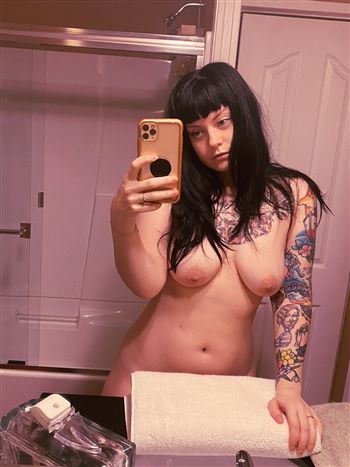
WEIGHT: 67 kg
Breast: B
One HOUR:80$
NIGHT: +30$
Sex services: Fisting anal, Sex lesbian, Striptease, Fetish, Photo / Video rec
Official websites use. Share sensitive information only on official, secure websites. SIV challenge. Infused cells did not appreciably impact acute or chronic viral replication. The partially MHC-matched allogeneic cells were not detected in the blood or most tissues after 3 days but persisted longer in the lungs as assessed by bronchoalveolar lavage BAL.
Autologous cells transferred i. This suggests that expression of such markers by T cells at mucosal sites may not reflect recent activation, but may instead identify stable resident memory T cells. Thus, efforts have turned to the macaque animal model where in vivo trafficking, persistence and function are more readily studied. Because the recipients and donor were only MHC class I matched at one or two alleles, we refer to these transfers as hemiallogeneic. While the hemiallogeneic cells also accumulated in the lungs, they generally did not persist beyond one week.

Finally, we found that infusing cells via an intraperitoneal route dramatically altered resulting tissue distribution such that fewer cells initially populated both the blood and lungs but were maintained at higher levels over time. An infected animal was used as the donor because of the large number of antigen-specific cells available for deriving clones.
Comprehensive typing of MHC class I alleles expressed by the donor and recipient , , and macaques was performed as described Each PCR primer pair contained a distinct 10 bp MID tag, which allowed the resulting sequences to be associated with the animal from which they originated, along with an adaptor sequence for emulsion PCR. Following purification, primary amplicons were normalized to equimolar concentrations and pooled for GS FLX analysis.
(mh=eQtl2l-SOcf8gcnh)0.jpg)
Louis, MO. This virus stock was provided by Dr. Generally, only a fraction of each population was labeled to minimize manipulation of the clones. Blood was collected from the monkeys before and 30 min post-infusion and at multiple points during the first week post-infusion and once a week thereafter. BAL, jejunal biopsies, and LN samples were also collected from the animals days post infusion and BAL once every weeks thereafter.




































